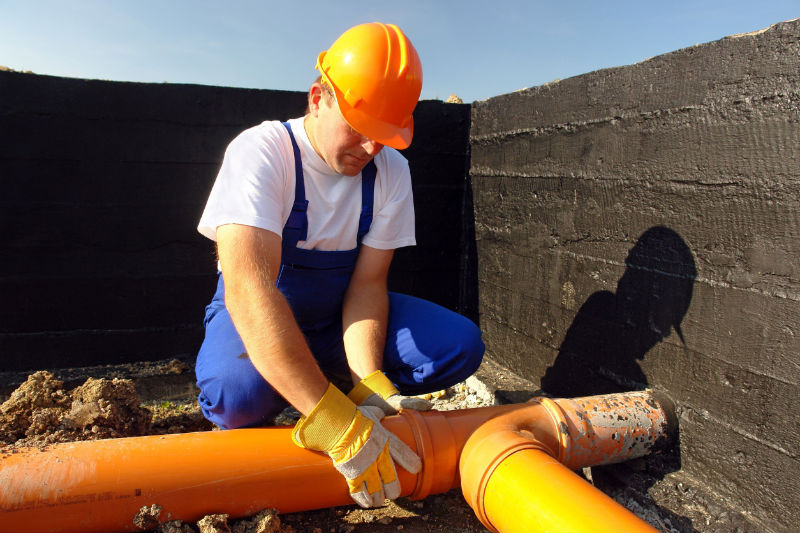Underground tracer wire goes by several names in and out of the industry. Among the common ones are:
- Electrical wire tracer
- Locating wire
- Locator wire
As all the names indicate, tracer wire traces or locates the position of pipes and lines lying underground. Utility and construction companies place the tracer wire directly alongside the pipes or lines during the installation process. These wires stretch the entire length of the system, therefore making it safer and easier to find the pipes for further exploration, maintenance and/or repairs.
Qualities of Tracer Wire
Underground tracer wire comes in a variety of sizes as well as colors – preferably chosen in accordance with the APWA uniform color code. The insulation coating/covering the tracer wire must be high-density and have high molecular weight. The most common type of insulation in use is high-density polyethylene (HDPE) or high molecular weight polyethylene (HMWPE). These two are most suitable for direct burial. The usual and appropriate material for tracer wire design is solid copper and copper clad steel (CCS). The latter metal has only been in use since its introduction in 2004. It has a definite advantage over solid copper. Its strength is 2 times more than copper without losing any of its conductivity. Also to its advantage is its cost. CCS is less expensive than solid copper is.
Tracer wire, when used as an underground locating wire, possesses many favorable characteristics including a high resistance to the following
- Liquids and other forms of moisture
- Harmful chemicals
- Oils
- Corrosion
- Abrasions
- Crushing
Underground Tracer Wire
When it comes to selecting the wire and the requisite connections, it is imperative to be aware of the diverse factors affecting application and installation. In all underground tracer wire systems, make sure all facts are available and understood before making a final decision on what wire to utilize. Failure to choose the appropriate tracer wire can result in serious and expensive consequences.



